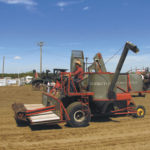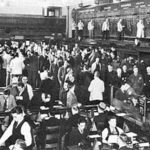Canada is a multicultural society whose diversity has been shaped over time by immigrants and their descendants. Celebrating Canada 150, that fact was highlighted at Strathclair’s Folklorama last month. Those in attendance shared in the celebration through food and entertainment, both allowing guests to “travel the world.” Twelve food booths promoting culinary delights of different









